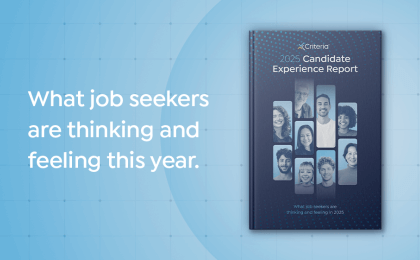Retirement isn’t quite what it used to be. While the average age of retirement for Americans is around 63, the number is rising, and that will have an impact on the current workforce.
The History of Retirement
The not-so-funny phrase “work until you die” was, up until the end of the 19th century, how much of the globe’s laborers planned for the later years of life. But in 1889, Germany introduced modern pensions, and the concept became more and more popular in Europe before eventually arriving in the United States.
In 1935 and 1965, respectively, the United States added Social Security and Medicare health benefits that also helped older citizens enjoy greater benefits and lessen their need for income. Here’s the kicker: much of this planning was designed around workers who, in today’s light, aren’t really that old, especially considering the minimal physical demands of many white-collar jobs. While 65 has long been considered to be that “magic number” for retirement, we’re seeing that our old ideas about who should retire—and when—remain a bit outdated.
How and Why Retirement is Changing
Americans are living longer and many are still willing, eager, and able to work well past age 65.
According to a Gallup Poll, three-quarters of currently working adults are planning to work past the government’s suggested retirement age. Many of them want to slowly enter retirement, often reducing to part-time work before retiring altogether.
Even the government is making little adjustments, encouraging citizens to retire at an increasingly older age if they were born in a later year. Those born in 1937 or earlier reached official retirement age at 65, according to the Social Security Administration website. But those born in 1957, twenty years later, don’t unlock full retirement benefits until 20 months later, at 66 years and 8 months old.
The truth is that many Americans are living longer, and that means they’ll require more money. They need income to continue living happily, and prolonging retirement is the easiest way to keep things comfortable. The decline of pensions in exchange for 401(k)s in the private sector may have also contributed to the rising retirement age as well. And rising cost of living also plays a role in retirement age – higher retirement age is correlated with higher cost of living.
After all, workers between 55 and 64 have, on average, only about $120,000 stashed away. Experts recommend that most people actually need about a million to live comfortably throughout the twenty to forty years of life that may follow retirement.
These Shifts in Retirement Age Necessitate Adjustments from Employers
Since American workers plan to stay at their jobs for longer, U.S. employers must make adjustments to prepare their employees for success and satisfaction into their seventies and beyond.
One policy to consider: flex work hours, or flextime, where employees can schedule their days as needed. A flextime policy doesn’t need to be completely open-ended. Some companies require employees always be in the office from 9am to 2pm, for example, but allow the last three hours of the day to be worked anywhere, anytime.
Another opportunity for employers is to hire older workers for part-time or seasonal work. Many semi-retired workers are the perfect fit for seasonal work because they may have more flexible schedules and may be more interested in taking on a short-term position.
And, of course, employers should offer training and skill-building workshops to all types of employees, ensuring that every worker, regardless of age, receives the opportunity to understand new technologies and best practices.
These policies can improve work-life balance and offer opportunities for rest, both of which are important for not just employees over 60, but really, all workers.
Companies that have done so much to attract workers at the onset of their career journeys should evaluate their own policies and ensure they are doing enough to retain and care for all workers, especially those nearing a retirement age that’s become quite the moving target.





